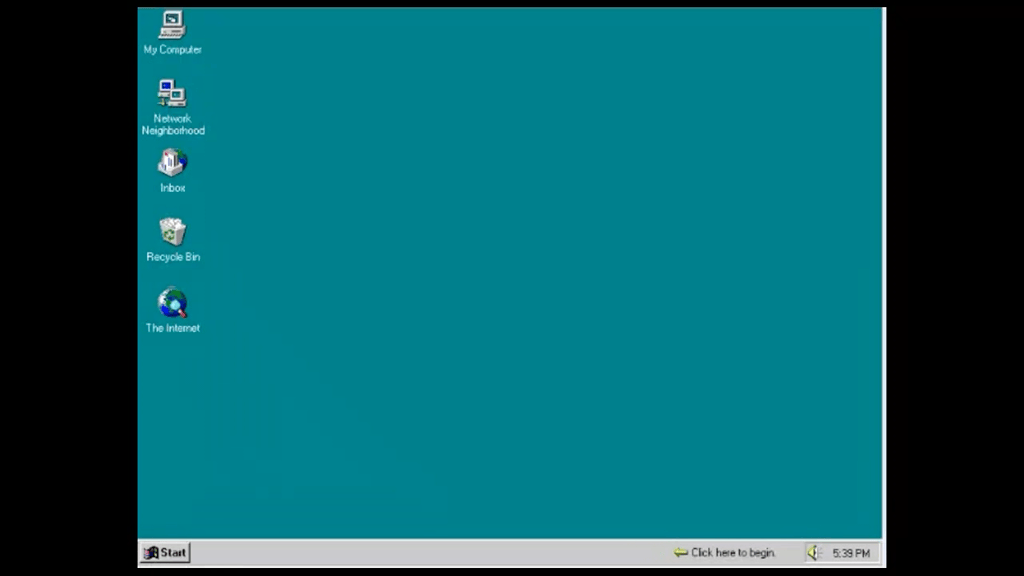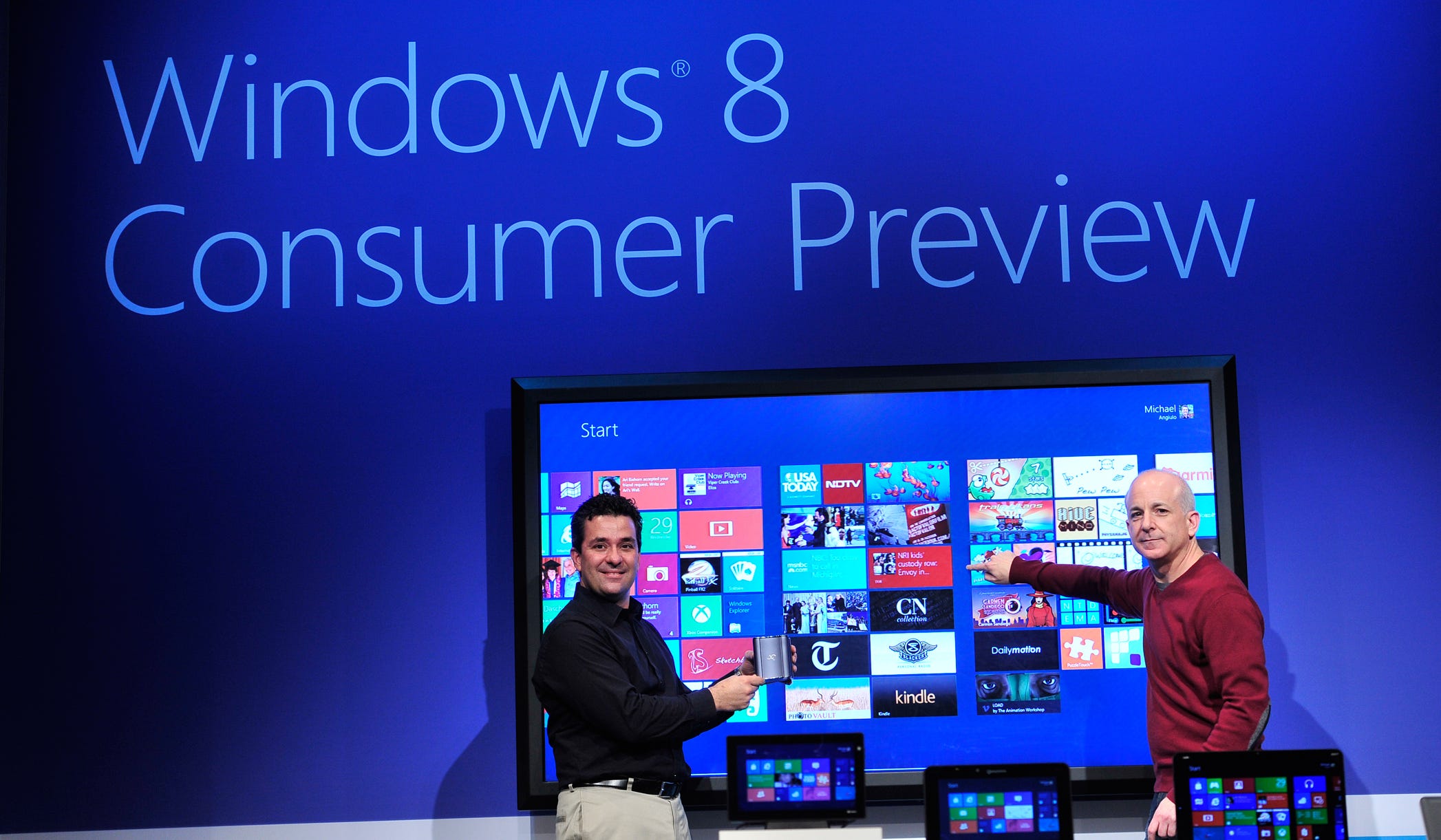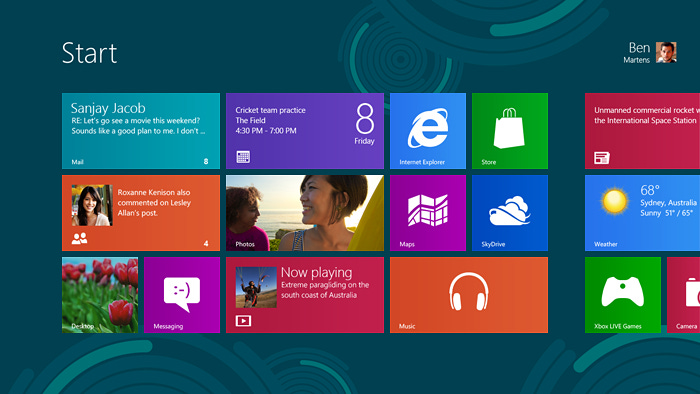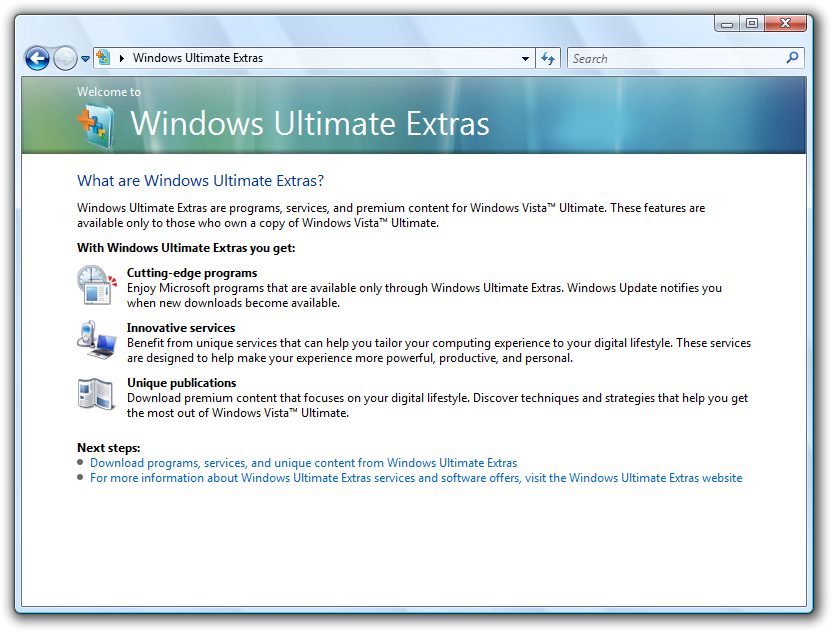099. The Magical iPad
Description
The launch of an innovative new product is always exciting. The launch of an innovate new product from a competitor is even more exciting. But what is it like when your main competitor launches an innovative new product at a moment of your own fundamental strategic weakness? That’s what it was like when the iPad launched on January 27, 2010. On the heels of the successful Windows 7 launch during a time when Microsoft was behind on mobile and all things internet and in the midst of planning Windows 8, Apple launched the iPad. Many would view the iPad (and slates and tablets) as “consumption devices.” Steve Jobs and the glowing press that followed the launch viewed the iPad as a fundamental improvement in computing. Whatever your view, it was a huge deal.
This post is free for all email subscribers. Please consider signing up so you don’t miss the remaining posts on Windows 8 and for access to all the back issues.
Back to 098. A Sea of Worry at the Consumer Electronics Show
For months, BillG and a small group of Microsoft executives believed Apple was going to release a tablet computer. It had been rumored for more than a decade. Originally, tablet shaped computers traced their roots to legendary Alan Kay’s 1960’s Dynabook, plus there was that one on Star Trek. There’s a long-held belief among Trekkers that all Star Trek tech will eventually be realized. By 2010, Microsoft had a decade plus of Tablet PC experience, mixed as it was. With Windows 7 we brought all the tablet features into the main product instead of a special SKU, so every version of Windows could run effectively on any PC with tablet hardware, such as a pen and touch screen. What was different about the Apple rumors in 2010? What made us more nervous? Why, this time, did we believe these rumors about a company for which predictions had always been wrong? No one had predicted the iPhone with any specificity.
Microsoft and partners had invested a huge amount of time, energy, and innovation capital in the Tablet PC, but it was not breaking through the way many hoped, such as how we visualized it in the Office Center for Information Work. The devices for sale were expensive, heavy, underpowered, had relatively poor battery life, and inconsistent quality. Beyond the built-in applications, OneNote from Office, and a few industry-specific applications pushed through by Microsoft’s evangelism efforts, there was little software that leveraged the pen and tablet. Many, myself included, were decreasingly enthused. BillG, however, was tireless in his advocacy of the device—and the fact that Apple might make one, and whatever magic Steve Jobs could bestow upon it, only served to juice the competition between companies and founder/CEOs. BillG remained hardcore and optimistic about the pen for productivity and a keyboard-less device for on-screen reading and annotation.
To BillG a PC running Windows that was shaped like a slate or tablet seemed inevitable. For many of the boomer computer science era, the fascination of handwriting and computing on a slate had been a part of the narrative from the start. Over the past 30 years, few of the technical problems had been solved, particularly handwriting but also battery life and weight. Then came the iPhone and multitouch.
That Apple would build such a PC was more credible than ever because of their phone, though by Microsoft measures the iPhone still lacked a stylus for pen input, something Steve Jobs openly mocked on several occasions. The possibility made us nervous and anxious, especially knowing Windows 8 was underway.
Collectively, and without hesitation, many believed Apple would turn the Mac into a tablet. Apple would add pen and touch support to the Mac software, creating a business computer with all the capabilities of Office and other third-party software, and the power of tablet computing. The thinking was that a convertible device made a ton of sense since that allowed for productivity and consumption in one device. Plus, techies love convertible devices of all kinds.
There were senior executives at Microsoft with very close ties to Apple who were certain of Apple’s plans and relayed those to Bill. Bill would almost gleefully share what he “knew” to be the case, using such G-2 to prod groups into seeing the opportunity for his much-loved tablet strategy.
There were debates consuming online forums—rumors rooted in the Asian supply chain as to what sort of screens and chips Apple might be purchasing for the rumored product. Some thought there would be a “big iPod” and still others thought Apple would develop a product tailored to books, like the two-year-old Amazon Kindle. In other words, no one had a clue and people were making stuff up. Some were even calling it the iPad, not because there was a leak or anything but because it made more sense than iTablet or iSlate, and because at one point (in the late 1990s!) Microsoft had something in R&D called WinPad. The industry had not even settled on the nomenclature for the form factor, cycling among tablet, slate, pad, MID, convertible, and so on.
This CNN story by Kristi Lu Stout from January 2010 detailed the history of tablet computers, including Apple’s own past going way back to before Macintosh.
At least in the months prior to launch, zero people, to my knowledge, thought that Apple had in mind a completely novel approach. An aspect of disruptive innovation is how incumbents project their views of strategy on to competitors without fully considering the context in which competitors work. As much as Microsoft primarily considered Apple to be the Mac company that happened to stumble into music players and then phones, by 2010 Apple had already pinned its future and entire product development efforts to iPhone and what was still called the iPhone OS, which was based on OS X, the Mac OS, but modernized in significant ways.
On January 27, 2010, at a special press event billed as "Come see our latest creation," Steve Jobs unveiled the iPad. I followed the happenings on the live blogs. This was one of the first Apple special events used to launch products, as the previous 2009 MacWorld was the last one in which Apple participated.
The event took place starting with the reminder that Apple had become the world’s largest mobile device company, followed by Steve Jobs quoting, with a bit of a chuckle, an article from December in The Wall Street Journal, “The last time there was this much excitement about a tablet, it had some commandments written on it.”
As part of his build-up to introducing the iPad, he pointed out that in defining a new category, a tablet needed to be better at some important things, better than a phone or a laptop. It needed to be better at browsing, email, photos, video, music, games, and eBooks. Basically, everything other than Office and professional software it seemed to me—though this would come to be known as “creation” or “productivity” by detractors who would posit that the iPad was a “consumption” device. As we will see, the Microsoft Office team was already hard at work at bringing Office apps to the iPad.
The launch event deliberately touted “latest creation” in the invitations, which I always thought was a bow to creativity as a key function. What many pundits and especially techies failed to appreciate was that productivity and creativity had new, broader, definitions with the breadth of usage of computers as smartphones. Productivity and creativity were no longer the sole province of Word, Excel, Photoshop, and Visual Studio. The most used application for creating was email and it was already a natural on the iPhone, only soon to be replaced by messaging that was even more natural.
As the presentation continued Jobs delivered his first gut punch to the PC ecosystem in describing what such a device might be, as he set up a contrast for what the new category should do relative to netbooks.
“Some people have thought that that’s a Netbook.” (The audience joined in a round of laughter.) Then he said, “The problem is…Netbooks aren’t better at anything…They’re slow. They have low quality displays…and they run clunky old PC software…. They’re just cheap laptops. (more laughter)”
Ouch. He was slamming the darling of the PC industry. Hard.
The real problem was not only that was he right, but that consumers had come to the same conclusion. Sales of Netbooks had already begun their plunge to rounding error.
Jobs unveiled the iPad, proudly. Sitting in a le Corbusier chair, he showed the “extraordinary” things his new device did, from browsing to email to photos and videos and more. The real kicker was that it achieved 10 hours of battery life—a flight from San Francisco to Tokyo watching video on one charge, recharged using your iPhone cable. It also achieved more than 30 days of standby power and like a phone, it also remained connected to the network in standby, reliably downloading emails and receiving notifications. This type of battery management was something the PC architecture struggled endlessly to achieve. The introduction concluded with a series of guests showing specially designed iPad apps in the 18 months old App Store, now with over 140,000 apps.
The eBook-specific apps really got under our skin given how much this had been the focus of many efforts over many years. Being a voracious reader, BillG championed eBooks for the longest time. Teams developed formats and evangelized the concept to publishers. Still Microsoft lacked a device to comfortably read books. Then there was Steve Jobs reclined on an iconic chair.
Games were the icing on the cake of despair given Microsoft’s efforts on both the Xbox and PC.
But th


![108. The End of the PC Revolution [Epilogue] 108. The End of the PC Revolution [Epilogue]](https://substackcdn.com/feed/podcast/82387/post/86893731/d3f1348af12bf87ffb878bd65cadb0ba.jpg)






![101. Reimagining Windows from the Chipset to the Experience: The Chipset [Ch. XV] 101. Reimagining Windows from the Chipset to the Experience: The Chipset [Ch. XV]](https://substackcdn.com/feed/podcast/82387/post/75881900/3a3075fad2c894721724f8a92013a812.jpg)


![097. A Plan for a Changing World [Ch. XIV] 097. A Plan for a Changing World [Ch. XIV]](https://substackcdn.com/feed/podcast/82387/post/70543793/bbf82f6a403f39f35f097a445d9bf827.jpg)




![092. Platform Disruption…While Building Windows 7 [Ch. XIII] 092. Platform Disruption…While Building Windows 7 [Ch. XIII]](https://substackcdn.com/feed/podcast/82387/post/64867897/fc7d958f8115ef0d95ea5a92c0d423b4.jpg)






